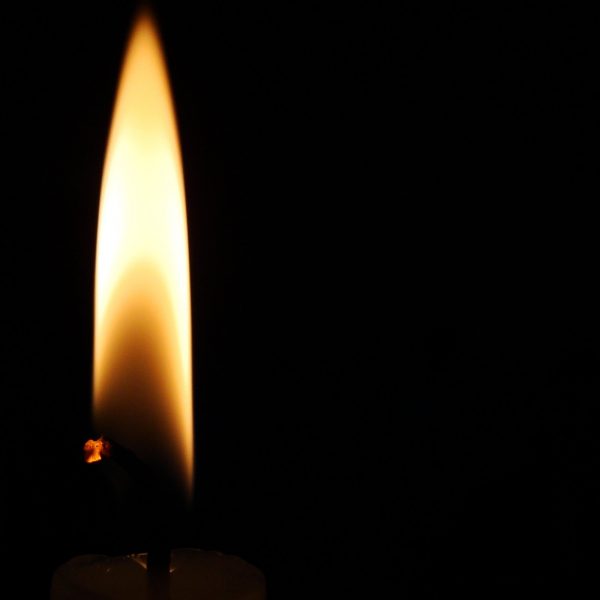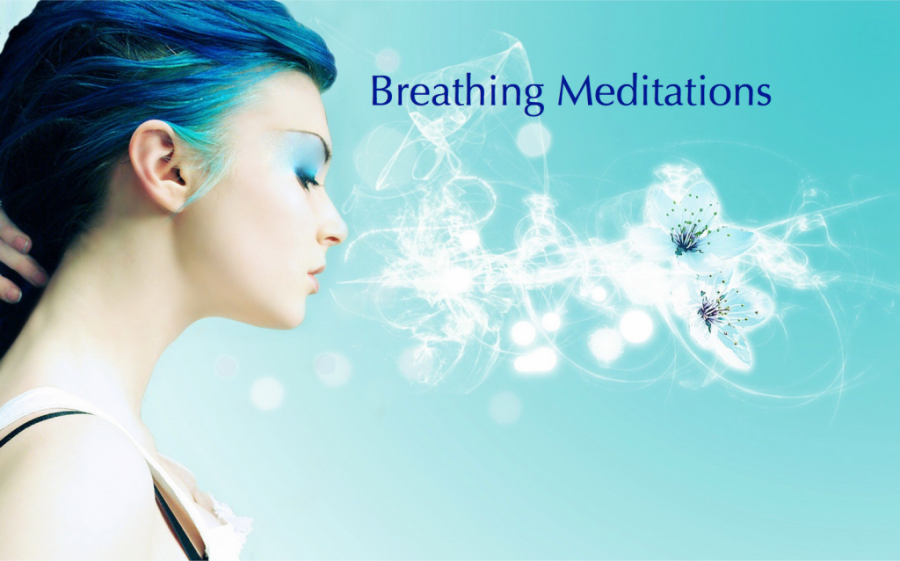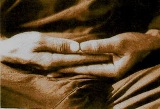Breath has been used as a metaphor for life and life energy since recorded history began. Terms such as “prana,” “chi,” “ki,” “spiritus,” “anima” all refer to a core of life energy relating to radiant health and balance. In most traditions, this concept is intimately tied to the physical act in inspiration and expiration. Note that even these physiological terms in English have deeper meanings. To inspire raises the concept of creative insight and to expire also means to pass from life. Many spiritual systems include detailed instructions on special breathing techniques as part of practice.
But rather than delving deeply into those, let’s get started with a very simple practice that can have profound effects in your perception of such a simple thing as breathing, something you do about 10 times each minute of life without even really being aware of it.
First, even though our life is full of challenging and contradictory needs, you must find a brief 15 to 20 minute block each day to devote to meditative practice, if you wish to see personal change. The most beneficial results of meditation psychologically and physically occur after regular practice of months to years. A simple state of relaxation occurs much more rapidly, but deeper change takes regular practice!
Warning: life will immediately conspire to interrupt your practice! Your intent will have to be fierce and unyielding. Phones off, pets in another room, children at school. . .
This simple meditation exercises uses the natural inflow and outflow of the breath: nothing else is needed beyond your time and focus.
Take a seat in a comfortable position so that you won’t need to shift your posture for a few minutes. The lotus position is fine, but certainly not necessary. You can accomplish the same by sitting in a chair with a reasonably vertical spine. Most important: be comfortable.
Close your eyes and just take a moment to allow the day’s worries and issues to pass from immediate awareness.
Then gently focus all of your attention onto your breath. No need to alter its rate or its depth, just internally observe.
Next, internally state to yourself “the breath flows in” on each inhale, and “the breath flows out” on each exhale.
After a few cycles, other thoughts or perceptions will likely start to intrude on your practice. Make no judgment on this. Gently refocus attention on the breath exercise each time you reach awareness that your focus has strayed.
Try for 10 to 15 minutes of time on this per day.
If possible, keep a simple journal, and document for yourself the results of the practice. Compare the entries after several weeks and after several months. You may notice a difference in your attitude about the day when you compare days when you completed the practice versus days that you didn’t.
Like this:
Like Loading...






